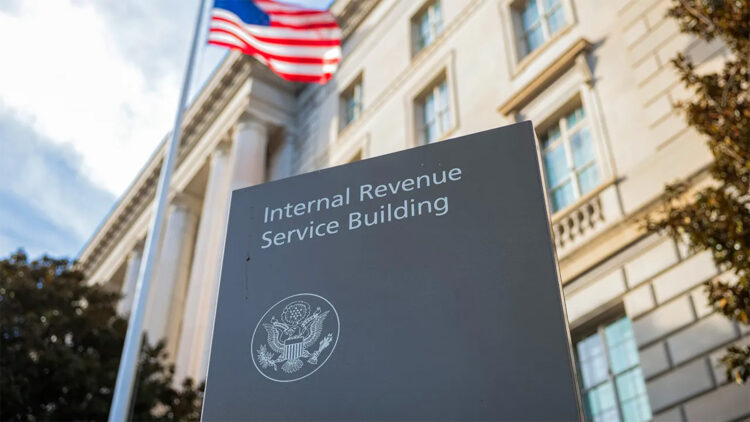The IRS (Internal Revenue Service) dedicates a lot of attention to the home office deduction. And tax audits are a rare occurrence for most taxpayers, but some line items in a return can draw the attention of the government. One of the biggest warning signs? The home office deduction, especially in the United States, where there are millions of remote working professionals.
This emphasis is justified. The home office deduction is one of the most abused, or neglected, aspects of tax legislation. An error, or even a “mistake”, can trigger a review of the return which takes the quote unquote “honest approach.” The most common approach is to determine the home-working ratio which for most home office users, the office is usually 10% of the total living. Therefore, that ratio applies to the costs of the mortgage interest, rent, utilities, or even homeowner’s insurance.
In addition to that, any direct costs like a desk, printer ink, or some piece of software, may be fully written off as expenses without restriction. This looks simple, but there is a hidden danger in their application stemming from the very high likelihood of an error, or much worse.
As an example, if you have any form of income that is shown on a W-2, you cannot claim this benefit, not even if you work the entire time from home.
Remote work after the pandemic
The increase of telecommuting changed the American perception of work. The growth from 2019, where 5.7% of the U.S workforce operated from home, to 2021, where it ballooned to 18%, is quite shocking. Although the number has decrease, it is projection that in 2025 there will still be 22%, approximately 33 million workers, who will be doing their jobs remotely.
The sudden increase of people working from home during the pandemic led to a fast increase in home office deduction claims, which is the reason the IRS scrutinizes these claims more. The reality is that only self-employed individuals are entitled to that deduction. However, a number of full-time employees naively think the home office deduction also applies to them. They go around wrongfully claiming the deduction and increasing the possibility that an audit will be conducted, and in the case that a claim is illegitimate, well, there are severe consequences.
The IRS has devised two calculation methods to make the process seamless. The simplified method allows you to claim a deduction, and the iterative method, which could save more although it is more complicated, requires more detailed and organized paperwork.
Other common triggers for tax audits
The home office deduction is not the only focal point. The IRS follows other categories of large deductions with the same scrutiny, medical expenses, for instance, can be deducted if they are categorized as substantial in relation to your income, however, they tend to be looked at suspiciously if the relation looks exaggerated. The same is true for charitable donations, they are legitimate and encouraged but tend to be questioned if there is ever a mismatch. The deduction for mortgage interest is not allowed under any circumstances though.
These deductions are perfectly legal, and the only consideration the IRS has is whether they are substantiated. The point to note is not to eliminate those numbers, but to ensure every single figure has a reason.
Staying compliant and reducing stress
The best way to stay safe is always to follow the rules carefully, avoid the simplified method, and managed records for everything your planning to be deducted. Do it yourself. It will be a peace of mind just by taking a professional tax adviser’s guidance. The goal isn’t only to reduce your tax bill, but to do it in a way that if the IRS were to take a closer look down the road, it wouldn’t come back to haunt you.

